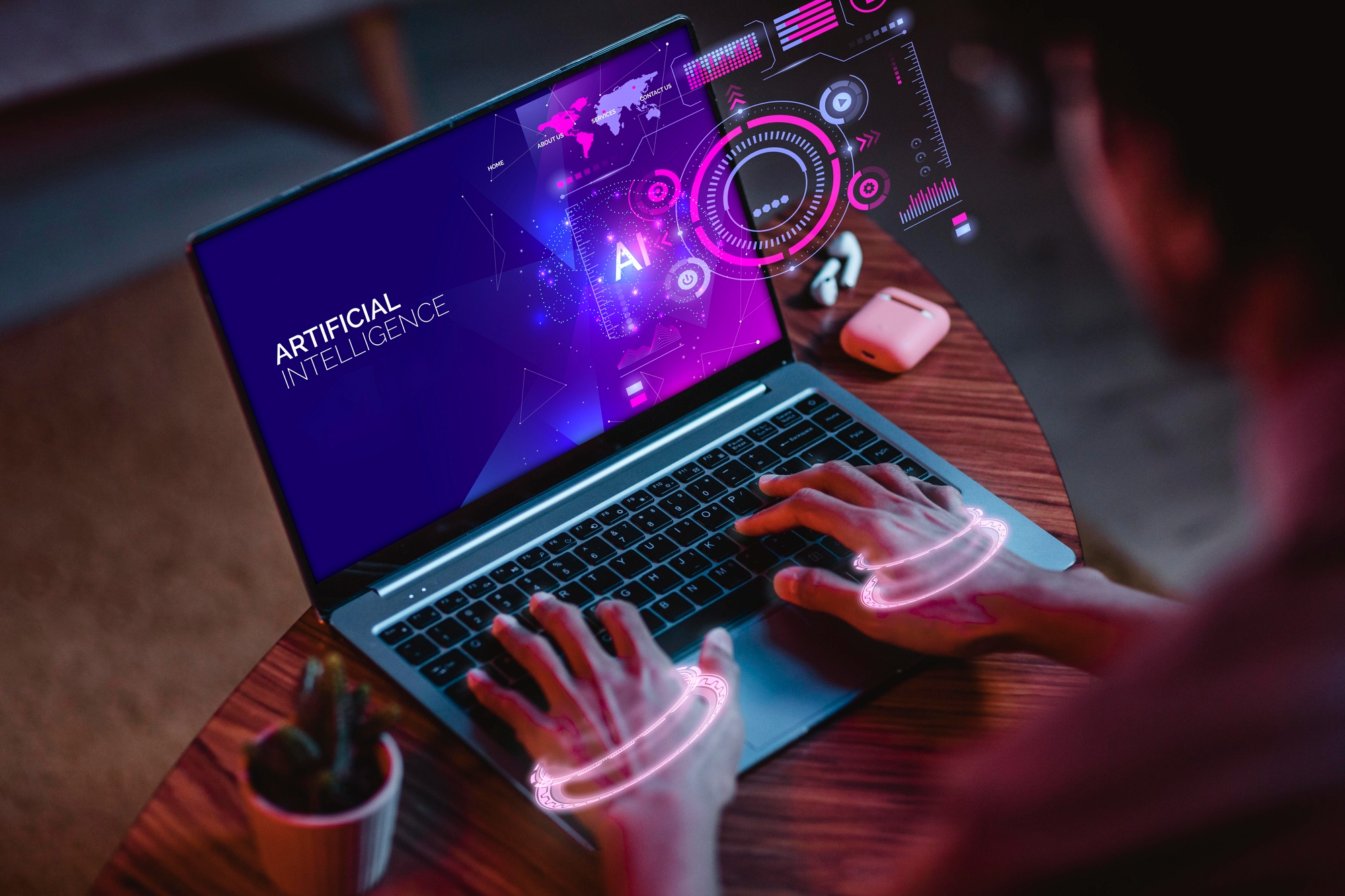With OpenAI’s GPTs, you can easily create custom versions of ChatGPT for any task, big or small. No coding required, so anyone can get started.
OpenAI is now letting anyone create their own version of ChatGPT through a new program called ChatGPT Builder. ChatGPT Builder is a no-code platform that allows users to create custom ChatGPT models tailored to their specific needs. OpenAI has announced that it is allowing anyone to create their own version of ChatGPT, its large language model chatbot. This is part of the company’s efforts to democratize access to AI and make it more accessible to people of all skill levels.
OpenAI lets anyone create their own version of ChatGPT by providing access to its GPT-3.5 and GPT-4 language models. These models can be used to train a custom ChatGPT model for any purpose, such as generating different creative text formats of text content, translating languages, or writing different kinds of creative content. To create a custom ChatGPT model, users will need to provide a dataset of text and code that is relevant to the desired purpose of the model. Once the model is trained, it can be deployed to a cloud computing platform and made accessible to others.
To create your version of ChatGPT, you must sign up for an OpenAI API account and create a new project. Once you have done this, you will need to select the ChatGPT model and train it on your own data. You can train the model on any type of data, such as text, code, or images. The more data you train the model on, the better it will be able to perform tasks such as generating text, translating languages, and writing different kinds of creative content.
Benefits of creating a custom ChatGPT model
Here are some of the benefits of creating a custom ChatGPT model:
- Customization: Custom ChatGPT models can be tailored to meet the specific needs of a user or organization. For example, a user could create a custom ChatGPT model to generate marketing copy, translate customer support tickets, or write creative fiction.
- Privacy: Custom ChatGPT models can be trained on private data, which gives users more control over the quality and confidentiality of the output.
- Performance: Custom ChatGPT models can be fine-tuned to achieve better performance on specific tasks. For example, a user could fine-tune a custom ChatGPT model to generate more creative or informative text.
What You Need for a custom ChatGPT model
To create a custom ChatGPT model, users will need to:
- Choose a language model: OpenAI offers access to two language models that can be used to train a custom ChatGPT model: GPT-3.5 and GPT-4. GPT-4 is the more advanced model, but it is also more expensive to use.
- Gather a dataset: The quality and relevance of the dataset will have a significant impact on the performance of the custom ChatGPT model. The dataset should include text and code that is relevant to the desired purpose of the model.
- Train the model: Once the dataset is gathered, it can be used to train the custom ChatGPT model. This process can take several hours or days, depending on the size and complexity of the dataset.
- Deploy the model: Once the model is trained, it can be deployed to a cloud computing platform and made accessible to others.
Challenges of creating your own version of ChatGPT
Here are some of the challenges of creating your own version of ChatGPT:
- It can be expensive to train a large language model.
- It can be difficult to collect enough data to train the model effectively.
- It can be challenging to deploy and maintain the model once it is trained.
- Overall, the ability to create your own version of ChatGPT is a powerful tool that can be used to build a wide variety of applications. However, it is important to be aware of the challenges involved before getting started.
Example of Customer ChatGPT
Here are some examples of how people could use a custom version of ChatGPT:
- A customer service company could use a custom ChatGPT model to build a chatbot that can answer customer questions more effectively.
- A software company could use a custom ChatGPT model to build a code generation tool that can help developers write code more quickly and efficiently.
- A media company could use a custom ChatGPT model to build a personalized news feed that can deliver relevant news articles to each user based on their interests.
A company that sells marketing software could create a custom ChatGPT model to generate marketing copy for its customers. The company could train the model on a dataset of its own marketing copy, as well as marketing copy from other successful companies. Once the model is trained, the company could provide its customers with access to the model so that they can generate their own marketing copy.
OpenAI’s decision to let anyone create their own version of ChatGPT is a significant development in the field of artificial intelligence. It gives users the ability to create custom ChatGPT models that are tailored to their specific needs. This could lead to a wide range of new applications for ChatGPT, including marketing, customer support, and creative writing.

